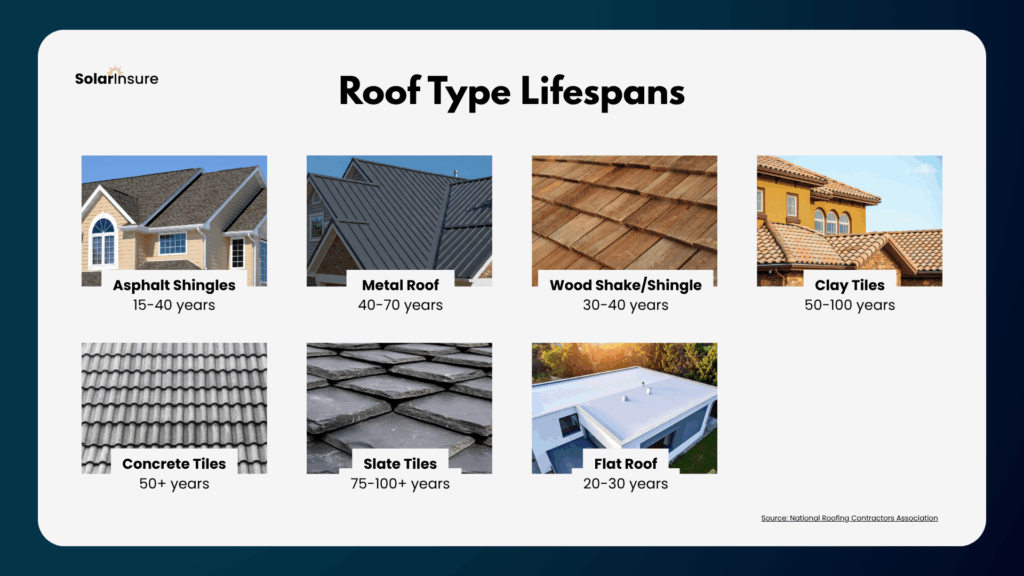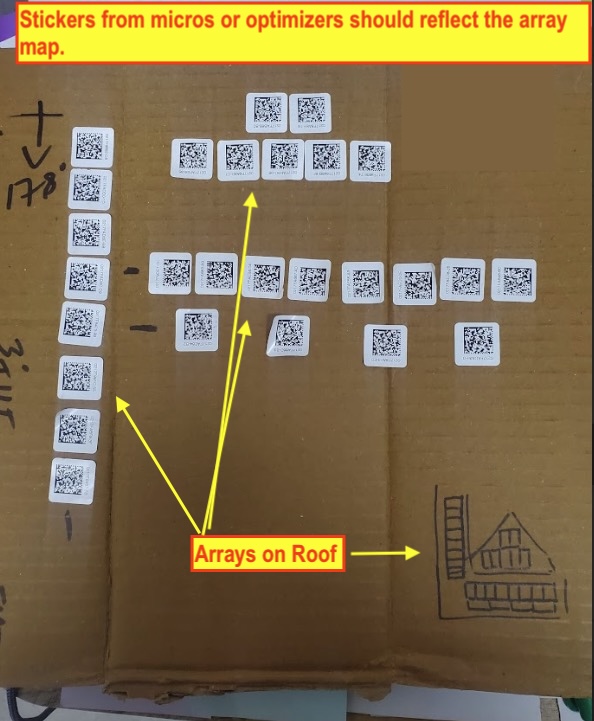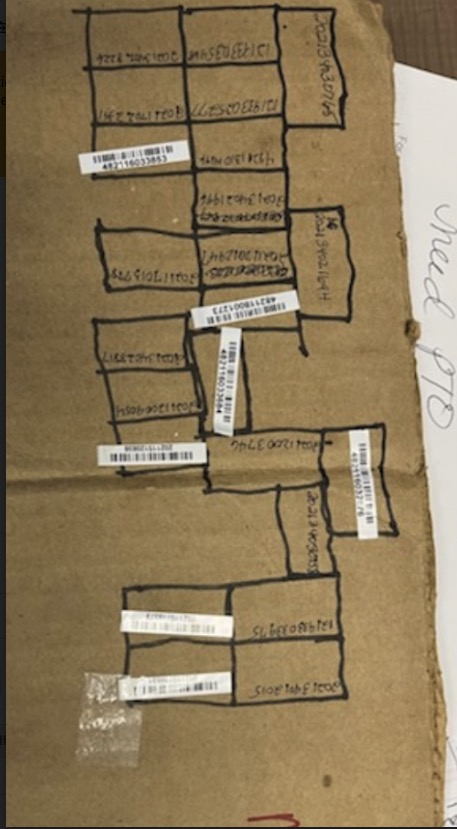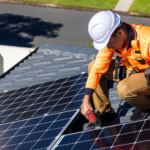The vast majority of residential solar installations happen on rooftops. They’re a great place to put solar panels so they can access sunlight. But what happens when the roof underneath the panels needs to be replaced?
It’s in the top 5 of most commonly asked questions by homeowners, and also in the top 5 of most difficult to navigate for sales reps: “What happens when I need reroofing?” Sales reps want to be honest with their customers, but also don’t want to scare them off with high removal and replacement costs.
In this guide, we’ll break down the process of getting panels removed and replaced and give homeowners some tips to ensure the whole process goes smoothly.
Table of Contents
Will I Actually Need to Replace My Roof and When?
Whether you need to replace your roof depends on how old it is when you have solar installed. Roofing experts say that the typical lifespan of an asphalt shingle roof is between 15-30 years, depending on the material.

The majority of solar panels come with a 25-year warranty, and an average useful life of 30+ years. If your system is protected by an SI-30 warranty, such as SI-30 Solar, the panels and labor are covered for 30 years.
Knowing the typical lifespan of panels, if your roof is older than 5-10 years at the time of panel installation, it’s likely you’ll have to remove and replace the panels at some point.
It’s common to hear people say, “The area under the panels is protected, so you get a longer life.” While that is technically true because the roof under the panels isn’t exposed to severe weather, unless your entire roof space is covered by panels, eventually, part of the roof will need to be replaced. If part of the roof is being replaced, a roofing company is likely to want to replace the whole thing.
What Does it Cost to Remove and Replace (R&R) Solar Panels?
There can be a lot of factors that go into what a company is going to charge to remove and replace your solar panels. Companies will commonly factor in the number of roof planes and the angle of the roof to determine how much labor will cost.
To simplify the process, many solar companies charge a flat fee per panel. According to Homeguide, the average solar panel removal cost is between $200-$500 per panel.
So let’s say you have an 8 kW system on your home with 400W panels. That means you have 20 panels, and the removal and replacement cost would run you between $4,000 – $10,000.
It’s rare that a warranty would pay for removal and replacement costs, but in some cases, home insurance could pay for part of the process. Solar homeowners should always include their system in their home insurance to protect against external factors. Depending on the coverage and company, if the roof is being replaced under insurance, some companies will also cover the cost of removing and replacing the panels.
Tips for a Successful Remove and Replace
If you need to have your panels removed and replaced, there are a few things you need to know and steps you can take in order to have everything go smoothly.
If possible, work with your original installer
While not always feasible due to companies going out of business, working with your original installer is usually the best way to go. They will have documentation of the system’s original installation, making it easier to uninstall.
Check with your insurance
As mentioned above, ensure that your solar energy system is covered under your homeowner’s insurance. This protects you from external threats like weather or acts of god. In some cases, insurance companies may pay for part or all of the cost to remove and replace the panels.
Have the installer create a site map
When solar arrays are installed, installers typically create a site map, which is a quick document put together on-site to note where each piece of equipment is. Solar panels, microinverters, and optimizers will have stickers on them that operations teams use to set up proper monitoring. Oftentimes, installers make these maps on a piece of cardboard and bring them back to their office.


Without a properly set up site map, monitoring and issue identification become much more difficult because the installer doesn’t know where the faulty piece of equipment is. When getting a removal and replacement, ensure the installer makes or utilizes a site map. If new equipment is put in, ensure it is updated on the monitoring.
A Necessary Part of Solar
No one likes to have additional costs go along with their solar array, but removal and replacement are just a part of going solar due to the lifespan of solar equipment. If your roof is older, it may be a good idea to replace the roof before installation to avoid costly maintenance later.
Homes with enough land could also opt for a ground-mounted solar system, though those require a lot of space and have specific code requirements.
Follow Solar Insure on our social media channels for all the information you could ever need about solar. Stay up to date with the latest in solar tips, trends, SI-30 product notes, and pro tips for success in your solar business.



